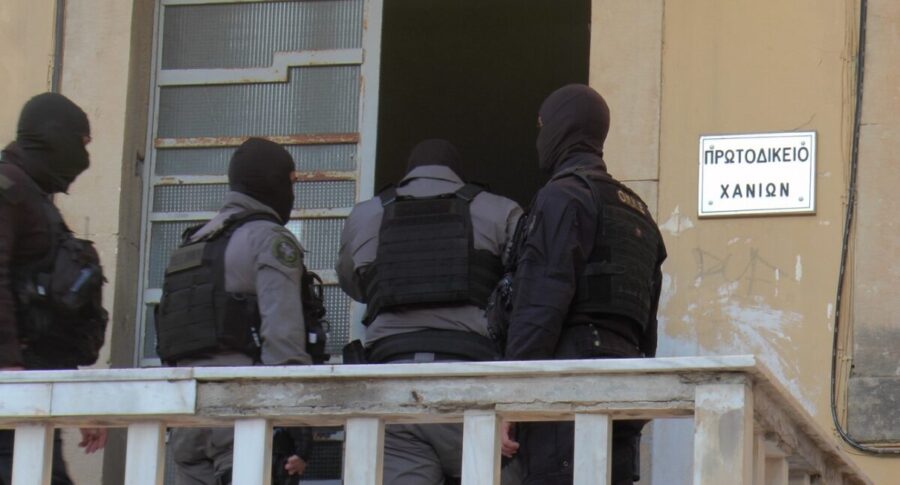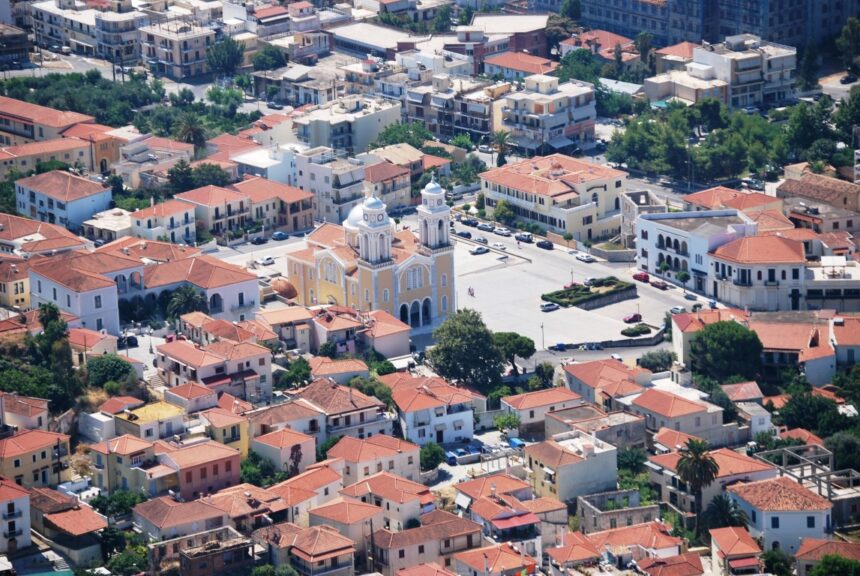Nestled in the heart of the Peloponnese, Kalamata is a city steeped in history, mythology, and cultural significance. Its strategic location and rich natural resources have made it a focal point of various civilizations throughout the ages.
From Pharai to Kalamata
The origins of Kalamata trace back to the ancient city of Pharai, mentioned by Homer in the Iliad. Pharai was offered by Agamemnon to Achilles as part of a peace offering, highlighting its importance even in mythical narratives. Archaeological findings, such as those in Akovitika, reveal continuous habitation since the Proto-Helladic period (2600–2300 BC).
Medieval Transformations
During the Middle Ages, Kalamata evolved significantly. The 13th-century Kalamata Castle, built by the Franks, stands as a testament to the city’s medieval past. This fortress became a focal point during the Frankish occupation and later played roles in various conflicts, including the Venetian and Ottoman periods.
Role in the War of Independence
Kalamata holds a special place in modern Greek history. On March 23, 1821, it became the first city to be liberated from Ottoman rule during the Greek War of Independence. This pivotal event marked the beginning of a new era for the nation.
Archaeological Museum of Messenia
To delve deeper into the region’s history, a visit to the Archaeological Museum of Messenia is essential. Located in Kalamata, the museum houses artifacts from various periods, including prehistoric, Mycenaean, and Byzantine eras, offering insights into the area’s rich cultural tapestry.
Exploring Kalamata Today
To fully appreciate the historical and cultural landmarks scattered across Kalamata and its surroundings, flexibility in travel is essential. Opting for a Kalamata rent a car provides the freedom to traverse the region’s diverse terrains, from ancient ruins to picturesque villages, at your own pace. This autonomy ensures a comprehensive and personalized exploration of Kalamata’s heritage.







